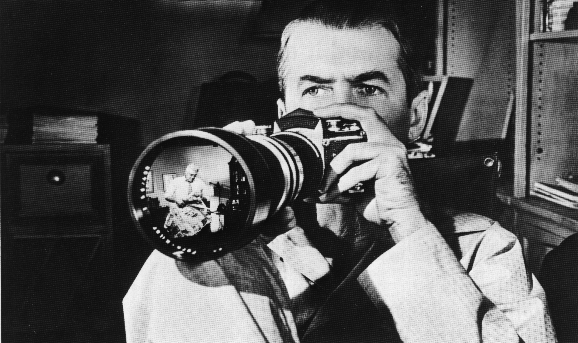
Laura Mulvey states: “The character in the story can make things happen and control events better than the subject/spectator…The male protagonist is free to command the stage, a stage of spatial illusion in which he articulates the look and creates the action.”
How does this relate to Hitchcock’s Rear Window?
This passage seems to fit perfectly the male protagonist of Rear Window, L. B. Jefferies. It would seem as though what pushes the film along, what gives it momentum, is the wife-murdering neighbor Thorwald. And yet it is really the protagonist, Jefferies, who runs the show. When he sleeps, the murder mystery outside also takes a rest. It’s almost as if action only occurs if, where, and when Jefferies sees it.
How does this reading fit in with the strong female characters of Rear Window?
While Jefferies does control the flow of the story and which events occur in it, the female characters still have a lot of power. Lisa Fremont, his girlfriend, and Stella, his nurse, are the only characters who actually have the ability to interact with what Jefferies sees. The plotline exists and progresses only because Jefferies witnesses it, but trapped in his cast, he’s unable to change what happens. It is the women in the story who actually catch the killer and help return everything to normal.



